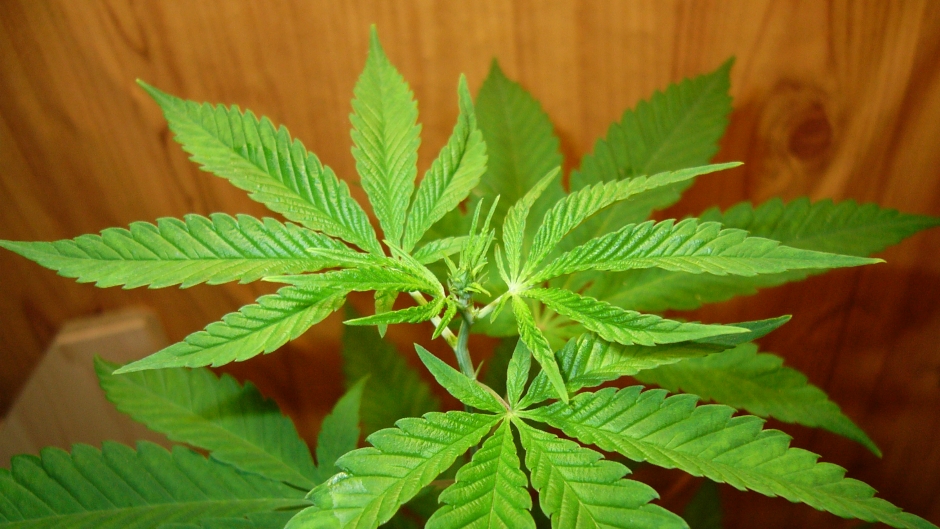
In a recent analysis which looked at traces of narcotics in the wastewater of 75 European cities Croatia's capital Zagreb ranked 4th in terms of cannabis consumption, 11th in cocaine, 12th in amphetamine, and 14th in MDMA.
The research project, conducted by the Sewage Analysis CORE Group Europe (SCORE) and the European Monitoring Centre for Drugs and Drug Addiction (EMCDDA), was billed as the largest such project in Europe in 2021.
SCORE is a Europe-wide network for the standardization of the approaches used for wastewater analysis and coordination of international studies. The project analyzed wastewater samples from 75 European cities in 23 EU countries as well as Turkey and Norway, to study the behavior of drug consumers.
From Barcelona, Spain to Limassol, Cyprus and from Oslo, Norway to Porto, Portugal, the survey looked into samples of wastewater taken daily in each city over seven-day period, from March to May 2021. The wastewater, generated by around 45 million city dwellers, was analyzed for traces of five illegal drugs - cocaine, amphetamine, methamphetamine, MDMA, and cannabis, the press release accompanying the report said.
The results showed a general increase in the use of four out of these five stimulants compared to earlier years. The decline was only reported for MDMA in most cities. Traces of all five drugs were detected in almost all cities, in contrast to previous years when geographic patterns were reportedly more varied.
The latest results showed that cocaine - still most prevalent in cities in western and southern Europe, especially in Belgium, the Netherlands and Spain - is increasingly becoming more present in eastern Europe. In Zagreb, daily cocaine consumption was calculated at 548.62 mg per 1,000 people, which puts Croatia's capital in 11th place out of 75 cities covered by the survey. Belgium's Antwerp and Switzerland's St. Gallen topped the list.
Although the Czech Republic and Slovakia traditionally had the highest methamphetamine rates, the drug is now also present in Belgium, Cyprus, eastern Germany, Spain, Turkey, and several northern European countries. Highest levels were reported in cities in northern and eastern Europe, with the Czech city of Ostrava topping the list. In Zagreb the daily consumption of amphetamine was 151.41 mg per 1,000 people, which ranks it 12th in Europe.
As for cannabis, traces of the highest levels of the drug were detected in Croatia, the Czech Republic, Spain, the Netherlands, Slovenia, and Portugal. Restrictions related to the Covid-19 pandemic do not seem to have affected the volume of cannabis use, unlike other drugs. Almost half of all the cities covered by the survey have reported an increase in cannabis consumption, with daily consumption in Zagreb being 132.9 mg per 1,000 people, making it 4th in Europe. Barcelona ranked first by far, with almost three times the levels detected than second-place Amsterdam.
MDMA is the only drug which showed signs of lower consumption rates in most cities, presumably due to the closures of night clubs during the pandemic, where that drug is often consumed. Still, the highest levels of MDMA traces were found in Belgium, Germany, the Netherlands, Sweden, and Norway. Zagreb ranked 14th, with daily consumption at 28.26 mg per 1,000 people. Amsterdam topped this chart.
In most countries the trace levels detected were higher in larger cities. The survey also showed that in more than 75 percent of cities analyzed the so-called recreational drugs cocaine and MDMA are used more during the weekends than other days of the week, while the traces of the other three types of drugs were noticeably more evenly distributed throughout the week.
Kakvo je tvoje mišljenje o ovome?
Pridruži se raspravi ili pročitaj komentare



 Srbija
Srbija
 Bosna i Hercegovina
Bosna i Hercegovina
 Slovenija
Slovenija







